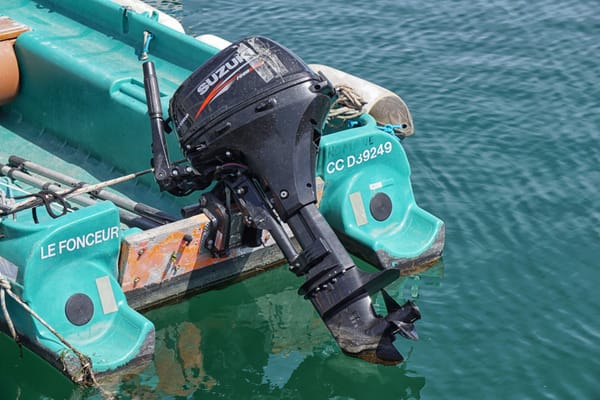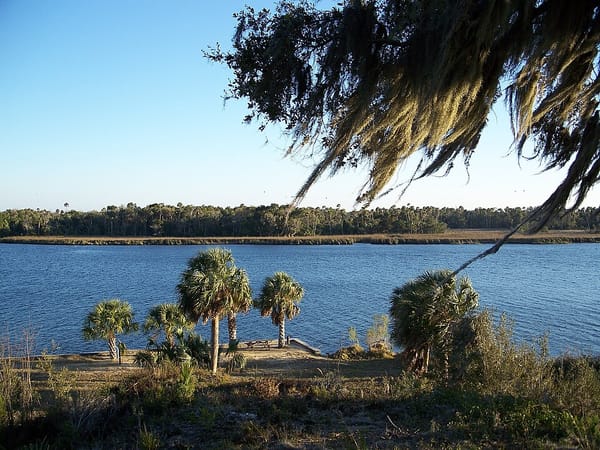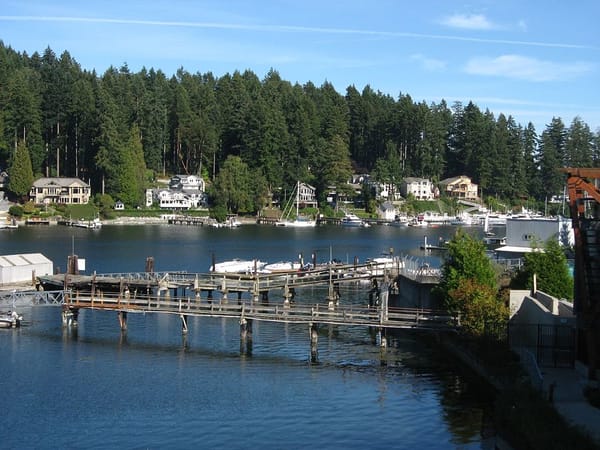Drafts And Tides

When it comes to renting your dock, it is vital that you know how deep the water level is at your space. Every dock is different, and it’s not as easy as looking at your neighbor’s dock and drawing general conclusions based on what you see. This is because:
- The water level at your dock may be shallower or deeper than your neighbor’s due to obstructions such as rocks present on the ocean floor; and/or
- The actual bottom of your dock may slant more steeply than your neighbor’s.

In short, it is imperative that you have a very precise measurement of your low-tide draft. This becomes especially important when creating your PierShare listing since boaters browsing your listing will rely on the low-tide draft number in order to decide whether to make an inquiry or not.
Draft Requirement
A boat’s draft is the vertical distance between the surface of the water and the bottom of the boat’s hull/keel. When renting your dock, it is important that any boat arriving at your space have enough wiggle room in low tide so that it does not run aground.
In addition, it is also very important for boaters to keep in mind not only the low-tide draft at the dock they are renting, but the varying depth of water en route to the dock. For example, if a dock has 4ft of low-tide draft at the dock but the route to reach the dock has spots that are 3ft deep, the boater cannot rent this dock because the vessel will run aground on the way.
Types of Boats And Their Drafts
Overall, we can categorize a boat’s draft requirement into three main levels: low, medium and high.
Low Draft Requirement
The low draft requirement is for boats that need 2ft – 3.5ft of water. Examples of vessels that have a low draft requirement are:
- Dinghies;
- Speedboats (bowriders);
- Small cruisers;
- Jet-Skis; and
- Pontoon Boats.
These small powerboats are designed to accelerate quickly and glide along the water’s surface at high speeds. Consequently, they are designed with a flat-bottomed hull that does not plough deeply into the water.
Medium Draft Requirement
Boats that have a 3.5ft – 4.75ft draft requirement are considered to have a medium draft requirement. Examples of vessels that have such a requirement are:
- Large cruisers;
- Small motor yachts;
- Large center consoles;
- Sportfishers;
- Small sailboats; and
- Average-sized catamarans (although these tend to have a draft requirement of between 4ft – 5ft).
With the exception of catamarans, these vessels are made with a ‘V-shaped’ hull that digs deeper into the water than that of a flat-bottom. As a result, these boats cannot accelerate fast. But they are steadier on the water and, consequently, have a larger draft requirement than their low draft requirement counterparts.

The reason average-sized catamarans do not have a ‘V-shaped’ hull is because they have two parallel, flat-bottomed hulls with a wide beam connecting them. These hulls do not cut deeply into the water. Nevertheless, these catamarans have a medium draft requirement because they are wider than most boats. This means that they need considerably more room to manoeuvre in a dock. Usually, the docks that would have such an amount of space are those that hold larger boats.
High Draft Requirement
The largest recreational boats are one with a draft requirement of between 4.75ft – 8ft. Such boats include:
- Large motor yachts;
- Large sailboats with either a retractable or a fixed keel; and
- Large catamarans.
These boats often have masts between 50ft – 90ft high and weigh a lot. Except for catamarans again (as per the above), these vessels require a hull that can support their weight and enable them to remain stable on the water i.e. without capsizing. The fixed (fin-like) keel of some sailboats epitomizes this, as it adds approximately another foot of water to the draft requirement, sometimes making the requirement up to 7ft or 8ft.
Tides
The tide is the vertical movement of water and is caused by the changing positions of the moon twice a day. When the moon is closer to the Earth, the tide rises and is called ‘high tide.’ Conversely, when the moon is further away, the tide falls and is known as ‘low tide.’ Typically, the tidal range (i.e. the difference between the water level at high tide and low tide) is between 2ft – 3ft*.
*There are three exceptions to this: Spring Tide, Neap Tide, and the tide during a solar eclipse:
- Spring Tide occurs three or four times a year, during the spring and autumn, when the new or full moon coincides closely with the sun’s orbit to cause a (maximum) 2% increase in the usual tidal range;
- Neap tide occurs approximately 7 days after Spring Tide and is when the tidal range is around 2% lower than normal; and
- The tide during a solar eclipse occurs (unsurprisingly) during a solar eclipse, when the waters experience Spring Tides outside of its seasons.
Why Specifying Low Tide Is Crucial

The difference between low and high tide can be substantial, which illustrates the importance of knowing the low-tide draft at your dock!
Regardless of the anomalous tides, PierShare asks dock owners to specify the depth of the water for their listing at low tide. This is important because boaters need to know how low the water level will be at its lowest to determine if they can.
For instance, boaters with a large center console with a draft of 4ft can rent a dock where the water level is 5ft at low tide. However, boaters with the same vessel cannot rent a dock if the water level at low tide sinks to 3ft. If they did, their vessel would run aground and that could potentially damage its hull. Granted, hulls are rarely damaged in this scenario as boats will usually just sit on the dock’s floor until the tide returns. Still, though, this is not a sensible scenario for boaters to have to deal with. Plus, it can be easily avoided by ensuring that the low-tide measurement on the PierShare listing is slightly more than the boat’s draft requirement.
How To Measure Your Dock’s Depth
PierShare advises all dock owners to measure the exact depths of their dock before listing their slip on our site. The only way to do this precisely is the old-fashioned way. At low tide, dock owners should feel free to go out to their dock and stick a measuring tape (or pre-configured cut of string) into the water to measure the depth of the dock in various places.
It is advisable for dock owners to do this even if there are markings on their dock’s walls that show water level at its highest and lowest. This is because it is vital that they check if the dock’s floor slants or has rocks on it (as this affects how you price your dock as well).
Moreover, we recommend you do not to rely on maps, online or otherwise, that state the water depths of the waterways in and around your neighborhood. These maps only give indications of the water depths and are not exact measurements. They don’t take into account any slants or rocks that are unique to your dock either. So, to be safe, check by tape or string so that you can ascertain a power low-tide draft measurement for your PierShare listing.



